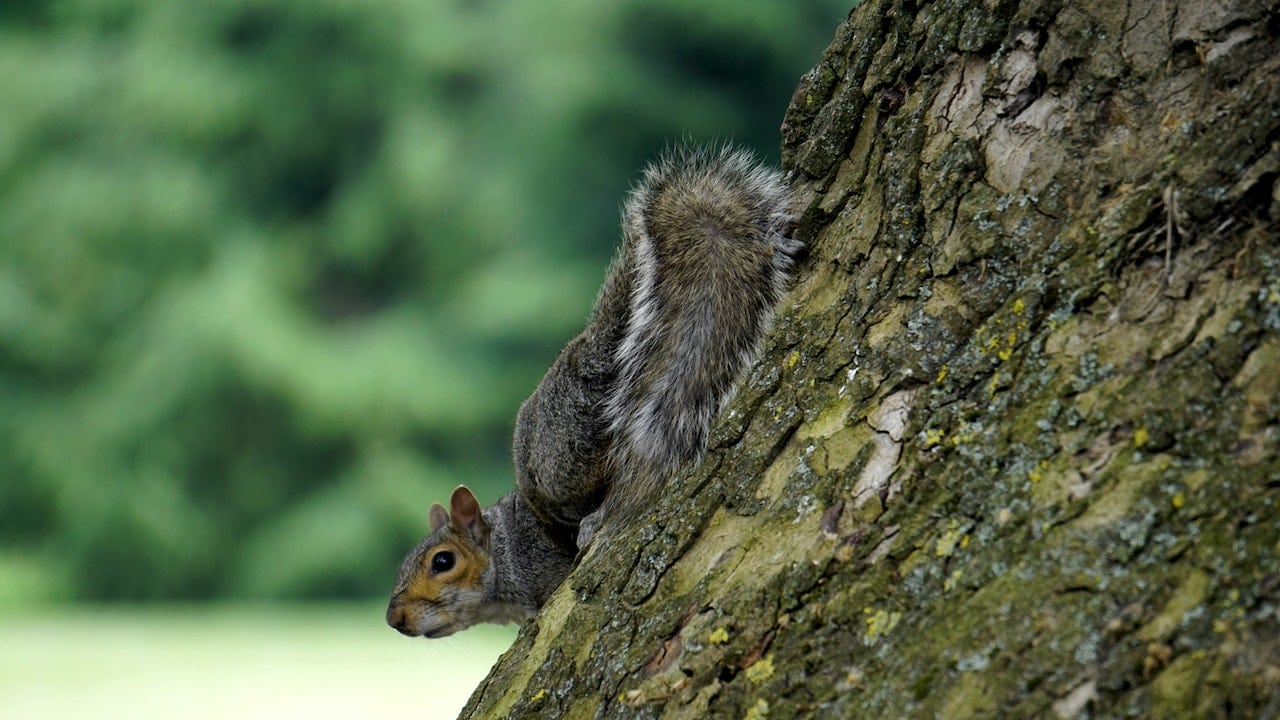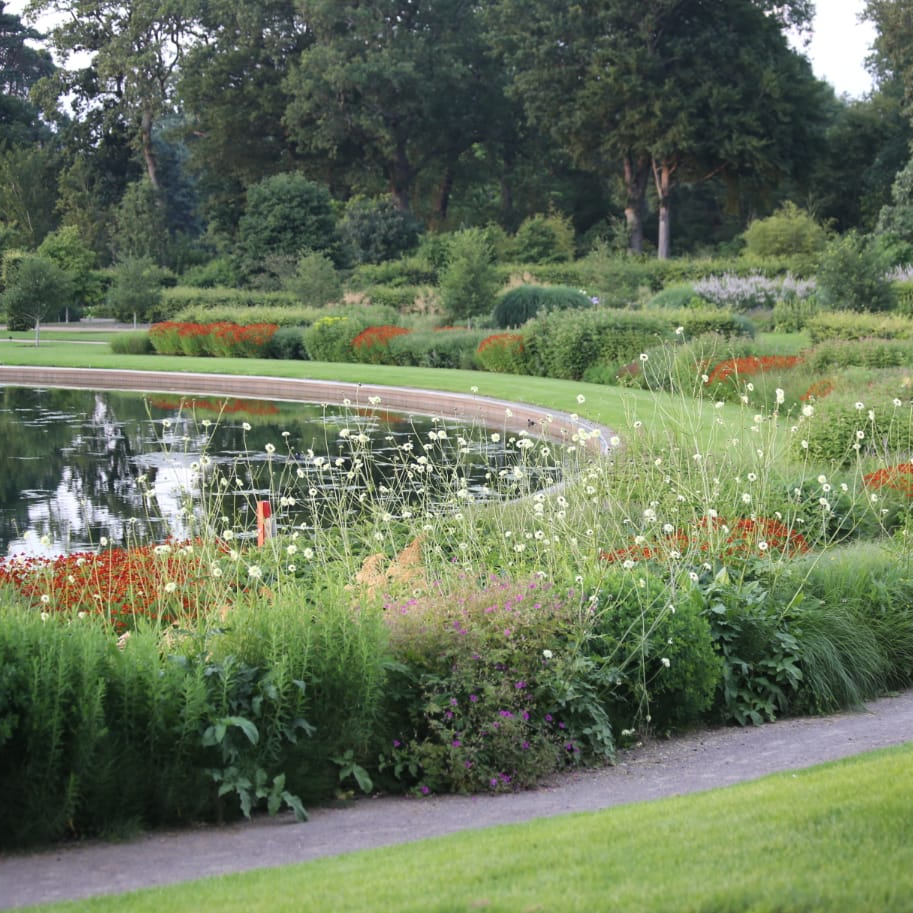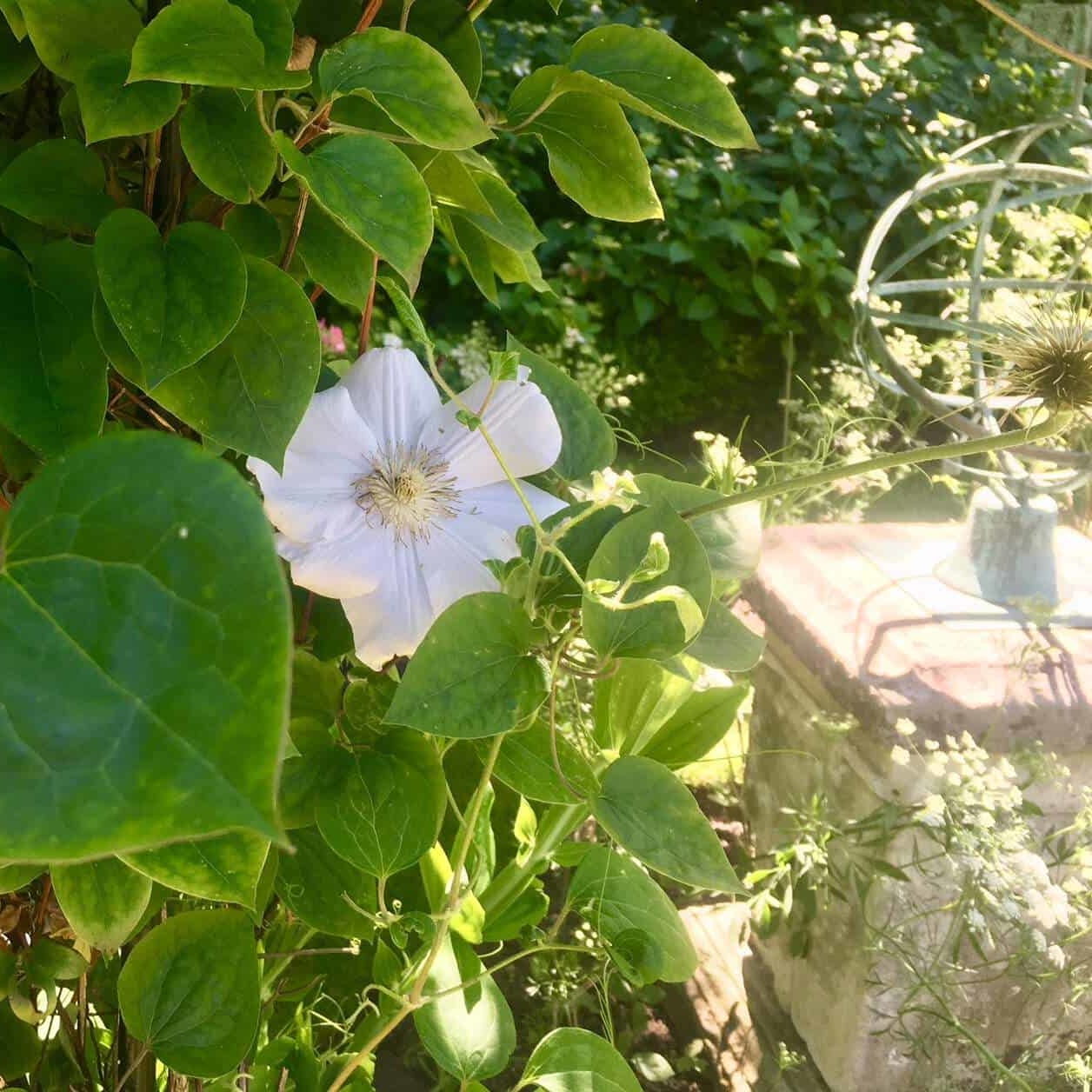What to do if a squirrel damages your tree
If a squirrel has damaged the bark on a tree, it’s important to take action as soon as possible to prevent further damage and potential death of the tree. Trees are broadly very resilient and can make a remarkable recovery from all sorts of damage. However, grey squirrels are invasive, and do cause significant damage to trees nationally.
The good news is that many trees, like willows, rowans and Amelanchier, are well adapted to being damaged. In the wild they would be subject to animals eating them, snapping branches, and trees falling on them. They respond by sending out new shoots from beneath the damaged area. Even if you cut the whole tree to a few inches from the ground, new shoots would sprout from the base and slowly form a multi-stemmed tree.
What to do if a squirrel damages your tree:
- Assess the damage: Check the affected area to see how severe the damage is. If the bark is completely removed all the way around the stem, that branch will die and can be pruned cleanly beneath the damaged area. New growth should sprout this spring and form new branches. If the damage goes more than halfway around, it may be difficult for that branch to recover. In this case, wait and see how it recovered for the next year.
- If you can, clean the wound: Use a sharp knife to remove any loose or damaged bark around the wound. Be careful not to make the wound any bigger than it already is. Try to create a clean, smooth edge around the wound. If you think you’re going to cause more damage by trying to clean up the wound, it’s best to leave it be.
- In the past, it would have been advised to apply tree wound sealant as it was thought this would help protect the wound from infection and rot. However, these days it is considered best practices to simply leave the tree wound open to heal over naturally.
- Provide additional care: Give the tree extra care and attention to help it recover from the damage. Water the tree regularly, especially during dry periods. Add a layer of compost or wood chip mulch around the base of the tree, which will be taken down by worms to improve the soil.
The damage may seem brutal now, but give it some time a little care, and the tree will likely find its own way, be it with a little more character and battle scars that prove how resilient trees are.
Owen Hayman
Owen joined the Bestall & Co planting and aftercare team in spring 2019. He is an RHS qualified horticulturist, holding a full Level 3 Diploma in Horticulture, and recently came in the top 3 at the Northern Regional Final of The Young Horticulturist of the Year 2019. After first doing a foundation diploma in Fine Art, he went on to gain a degree and masters in Plant and Soil Science from the University of Sheffield in 2014. Owen worked as a researcher on various field research projects in Alaska, Panama and Borneo. When not away in the field, he became obsessed with visiting gardens and nurseries across the British Isles and the Netherlands, developing his own garden, and then taking on a walled allotment garden as a personal project. He realised his true passion was in horticulture, and so moved away from academia and into the world of specialist plant nurseries and professional gardening.
Owen is now studying the Wisley Diploma, but continues to write articles for us on a monthly basis, and we're delighted to maintain contact with such a passionate and knowledgable plantsman.



